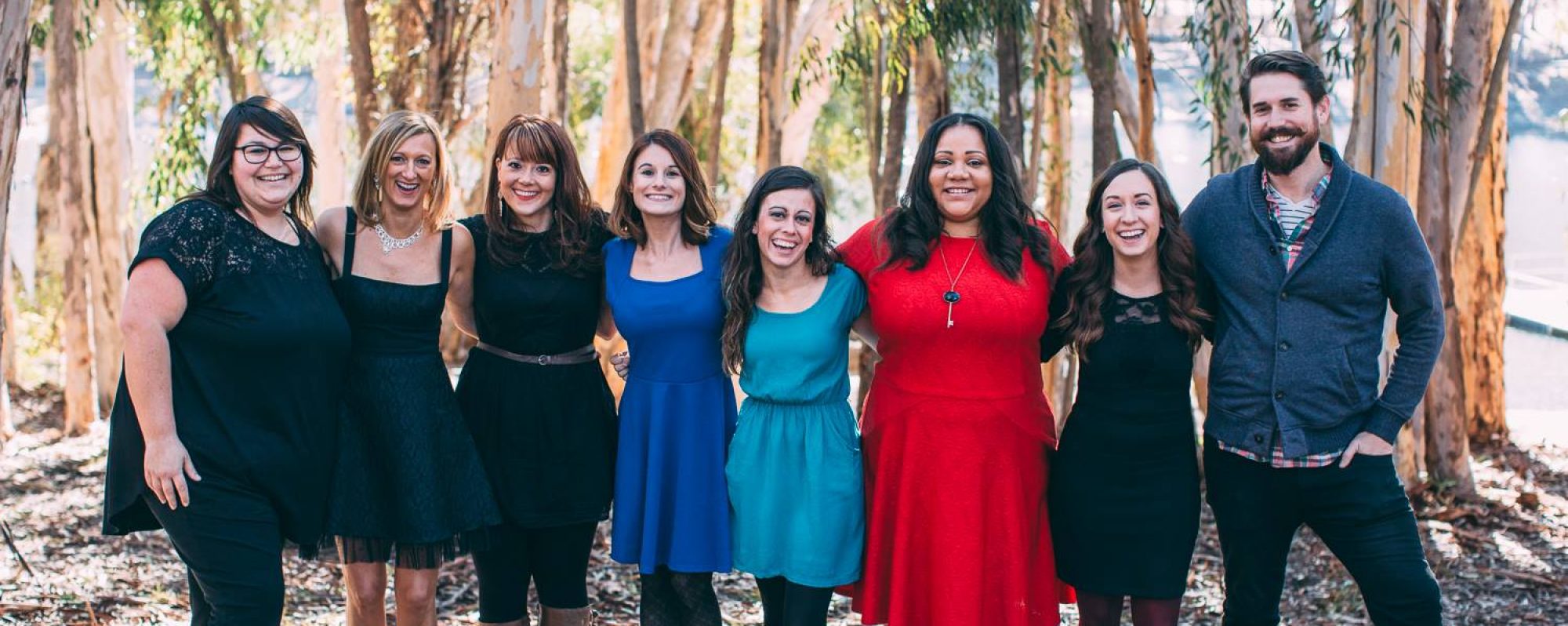The TDM is a model music therapists use for designing clinical protocols. It was created by Michael Thaut as a model for neurologic music therapists to design clinical interventions that are scientifically valid by providing an effective assessment, accurately targeting a specific function with a non-musical exercise, transforming said activity into a musical exercise, and ensuring the skills / functions developed in the clinical session transfer to activities of daily living (ADL’s) (Thaut & Hoemberg, 2016).
The TDM is a six-step process:
1. Diagnosis and functional / clinical assessment of the patient
2. Development of therapeutic goals and objectives
3. Design of functional, non-musical therapeutic exercise structures and stimuli
4. Translation of step 3 into functional therapeutic music exercises
5. Outcome assessment
6. Transfer of therapeutic learning to functional applications for “activities of daily living” (ADL)
A few key points to consider when using the TDM are to:
- Ensure clinical efficacy
It is absolutely essential for clinical interventions to be informed by the latest scientific literature. By staying up to date on the latest research regarding a given diagnosis / population, the music therapist is providing the best possible care and benefit to their client.
2. To individualize treatment protocols
Individualization is a crucial step in the creation of clinical interventions. By prompting the client to engage in a given behavior, the music therapist is essentially facilitating plastic change in the brain. Neuroplasticity is the change in neural structures that enables an individual to develop / rehabilitate a skill, function, or behavior. Neuroplastic change in one function might not necessarily translate to another, so the therapist must target the function with precision.
Another important consideration regarding individualization is the optimization of the treatment process by leveraging a client’s personality type, cultural orientation, and personal interests. The exploitation of idiosyncratic propensities can help to expedite the treatment process tremendously.
3. Leverage the special effect music has on the brain
Music has a very special effect on the brain. The brain consists of a plethora of “processing units”, each having a designated function. In any given activity, a certain combination of these areas are engaged and coordinated in order to process information and carry out a given function. The areas involved in most daily activities are typically confined to a relatively constrained number of networks. In music, however, the brain operates in a very different way. In order to process and produce music, the brain must coordinate a much wider range of processing units. It requires sensory sophistication, multi-modal integration (the communication between sensory processing and motor coordination, for example), executive functions, memory, emotion, and attention. By transforming a given exercise into a musical activity, the music therapist is capitalizing on the special effect music can have on the brain.
4. Transfer to ADL’s
The last step of the TDM is focused on transferring the targeted skill / function / behavior into a functional skill that can apply to activities of daily living. This involves fading the music, and transforming the activity back into a non-musical exercise. This is a crucial step because musical activity is not the goal of the intervention, but a scaffold. We use music to facilitate the development / rehabilitation of a given function, and take the music away so the function can stand on it’s own.
Written by Alec Johnson
Bibliography
Thaut, M., & Hoemberg, V. (2016). Handbook of Neurologic Music Therapy. Oxford University Press.

